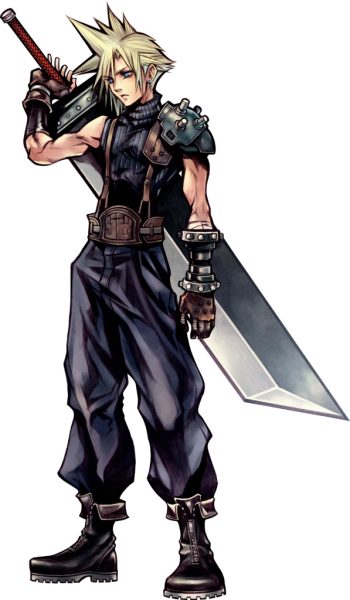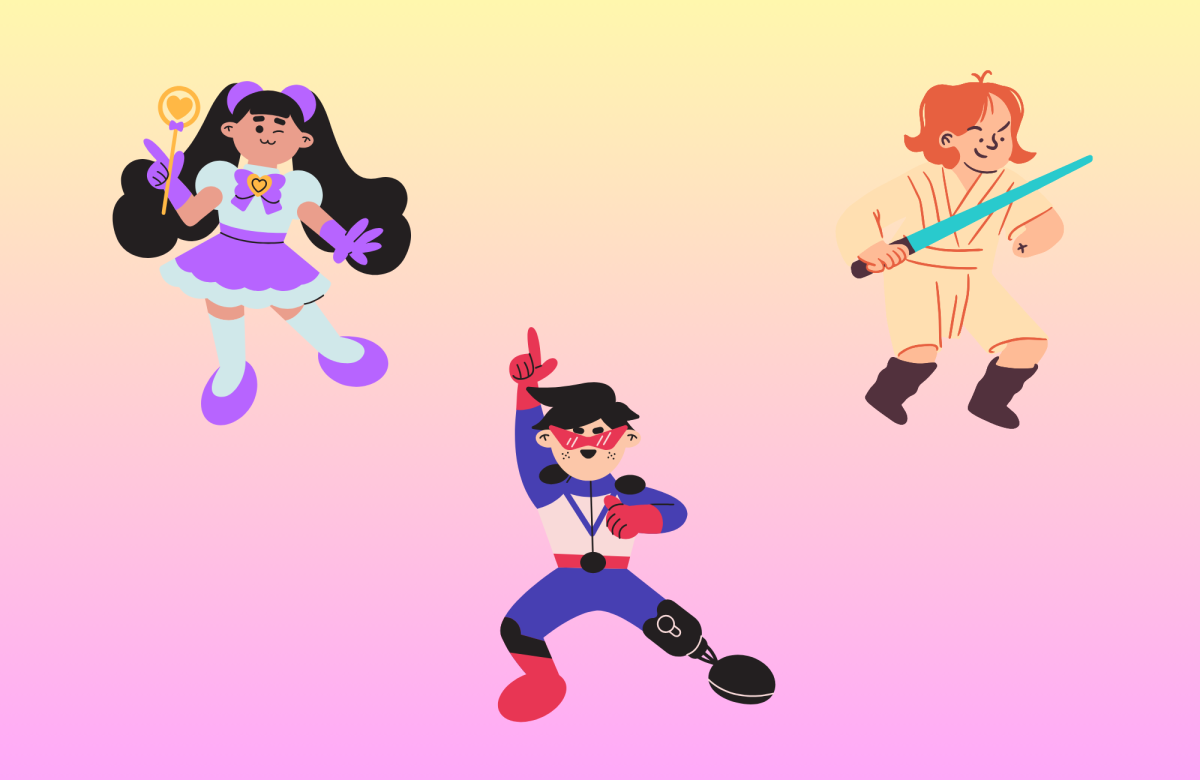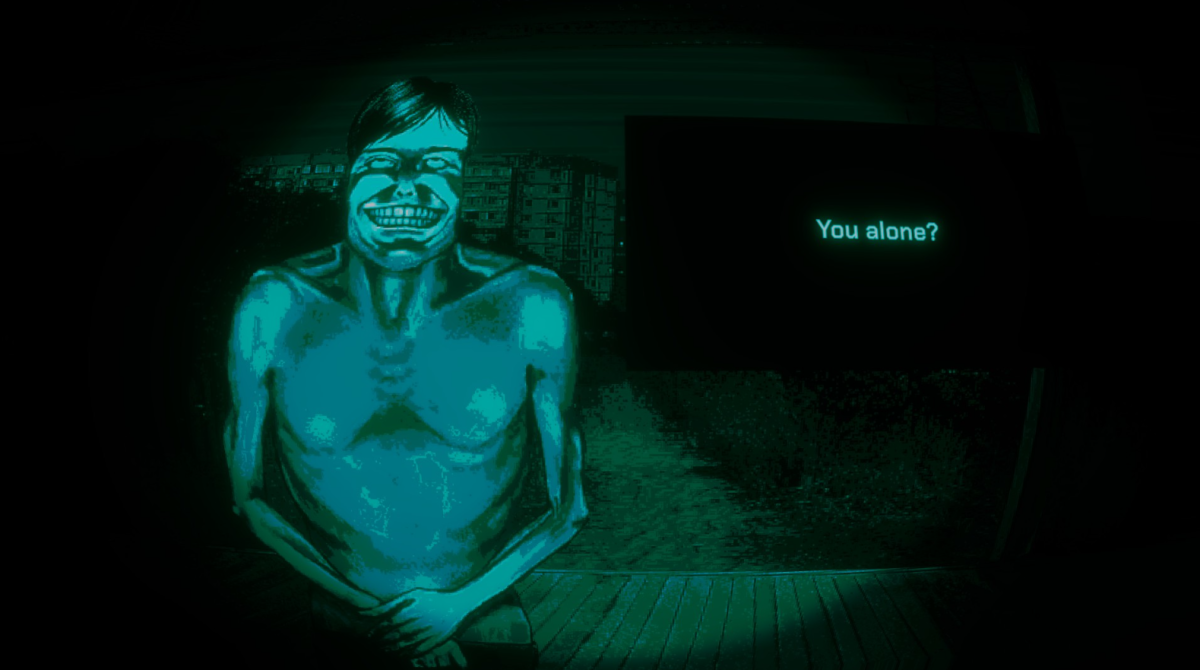Picture yourself walking in an interesting convention, perhaps a comic con or anime convention, and passing by uniquely dressed attendees who somehow look so familiar. When taking a closer look at them, you realize they resemble recognizable characters you’ve seen in your favorite fictional media, including superheroes, spies, princesses and other distinguishable archetypes. The lengths they’ve gone to emulate the character’s clothes, accessories and behavior are beyond impressive.
Cosplay, a fusion of the words “costume” and “play,” is an art form in which people dress up as characters from various media formats, often embodying their portrayed demeanor and even voices when in costume. Originating from Japan in the 1980s and spreading into North America, it has become a hobby popularized by conventions and social media in recent years.
Cosplayers spend tremendous amounts of time, money and effort to craft and compile their costumes, props and other materials so they may embody the spirit of a fictional character. So why are racist taunts, body-shaming and other forms of harassment so prominent in the cosplay community? Many talented cosplayers face unwarranted scrutiny and shame. When taking a closer look at the essence of cosplay— which involves a certain overlap between the real world and the fictional world— such taunts are ultimately illogical, and here’s why.

From a standpoint of body type, it is not uncommon for fictional characters to possess exaggerated or unrealistic body types and proportions that most normal, real-life humans cannot even come close to. Demanding that cosplayers of Cloud Strife from “Final Fantasy” resemble the character in physique is unreasonable, for instance, as Cloud has prominently muscled arms combined with an exaggerated slim waist. It is oftentimes difficult or impossible for cosplayers to change their natural body type for a temporary cosplay.
On a similar note, cosplayers of color are often subject to slurs and unjust accusations of “ruining” and “disrespecting” fictional characters just because of their skin tone.
It is crucial to take into account that people of color are still disproportionately underrepresented in entertainment media, including anime and cartoons. If cosplayers from minorities limit themselves to only cosplaying characters of their own race or ethnicity, there will be few to no options for characters they could cosplay under such restrictions.
Cosplayer Rio Small recounted her experiences in cosplay magazine The Cosplay Journal, describing such harassment and its implications.
“Cosplayers with darker skin get made to feel inadequate about their appearance on a daily basis when it comes to their character choices,” she said. “Being called the ‘black version’ of a character, using racial slurs with the name of the character, telling those with darker skin they should lighten their skin for their cosplays or only suggesting characters that resemble them is inherently racist. You are sending a message that these people aren’t good enough as they are to be the character they love for something as trivial as melanin production or even specific facial features.”
Ace, a cosplayer originating from China, explained in Smithsonian magazine that the constant pressure cosplayers face to resemble the body type of fictional characters, herself included, has imposed anxiety on her she does not wish to feel.
“Although I’m a feminist, cosplay still leads this anxiety back to me: not feeling confident about how my sexuality and body will compare to all of those big-breasted female characters,” she said. “It definitely poses a challenge for me. When I want to cosplay these characters, I face self-questioning, and I think that hinders me from exploring my full potential in cosplay.”
Another cosplayer, Cas Campbell, told Smithsonian Magazine many people in cosplay are open to and actually encourage varying interpretations of characters through cosplay.
“In our society, it’s so frowned upon to have certain bodily features,” they said. “But in cosplay, people are like, ‘No, give me plus-sized Oikawa! Give it! I want it!’ The community has all been so chill and open with it, so it’s been a body confidence booster in more ways than one. I think that’s the most important thing for me personally. As a plus-sized person, there is hardly any ‘rep’ in things like anime. Cosplay is for every body type.”
Cosplay is ultimately an art. People spend tons of money, time, and effort crafting costumes and props. It’s an outlet for creativity, and creativity shouldn’t have any boundaries.
While I have not cosplayed before, I have admired the works of other cosplayers, and I have considered dabbling in it, but I have been hesitant because of this controversy. I am most likely not the only one who feels this way, and it is sad that people have to feel hindered or discouraged from what should be a fun, creative hobby because of marginalization in the cosplay community. As much as I like to imagine myself dressing up and roleplaying as my favorite anime and video game characters, I am unsure if I would be able to emotionally handle all the scrutiny and criticism that would likely come my way as a woman of color.
The overlap between fiction and reality in cosplay intrigues me, and I find it a great way to engage with beloved stories and characters using imagination and craftsmanship. Cosplay has great potential for participants to not only expand their creativity but also develop their social and advanced motor skills through hands-on work in developing costumes and props as well as participating in conventions and cosplaying in public or on social media.
If we keep marginalizing cosplayers based on appearance, cosplay will lack variety and originality, being limited to featuring simply “real-life” versions of fictional characters instead of fun, fresh spinoffs or reimaginings of fictional characters. Let’s put the fun and “play” in cosplay and allow artists and creatives to express themselves, free of alienation.









